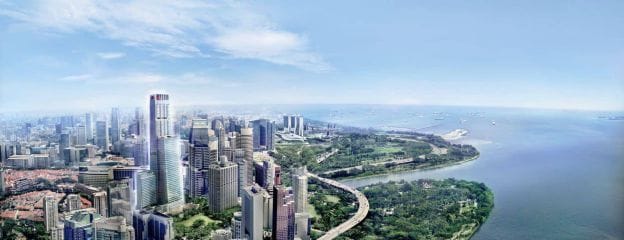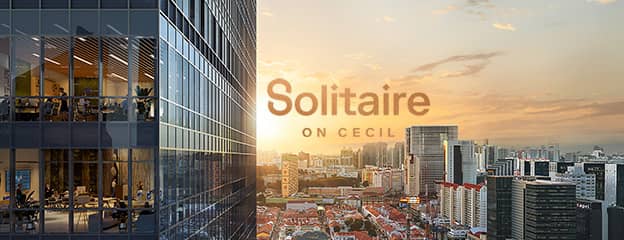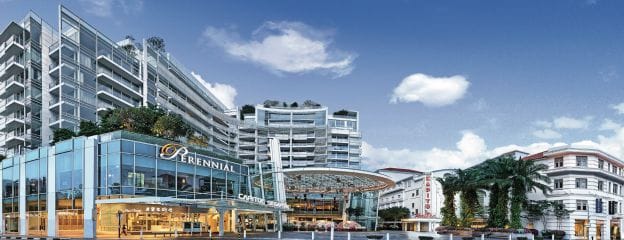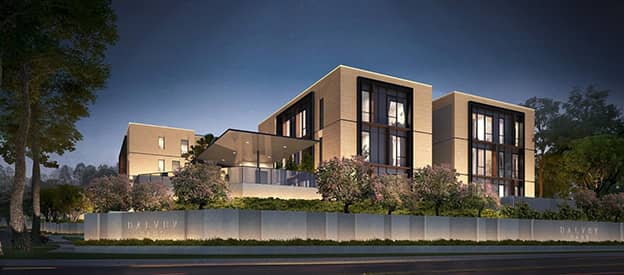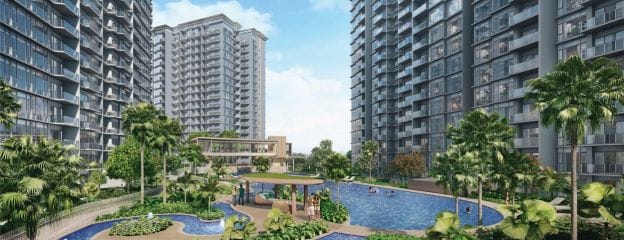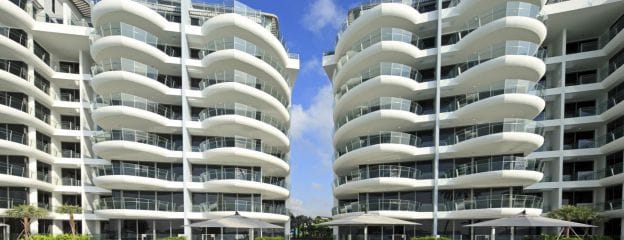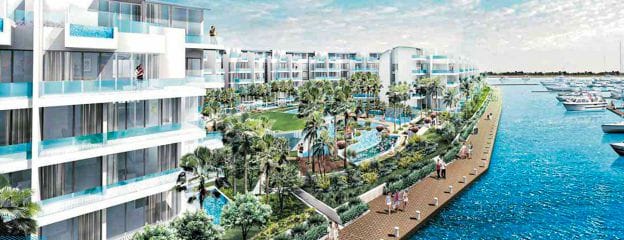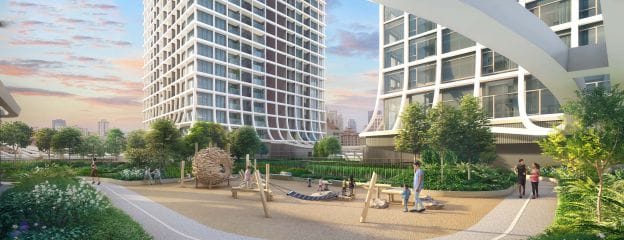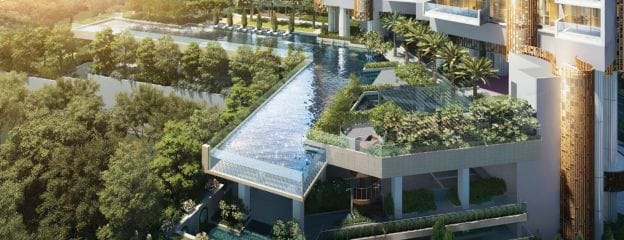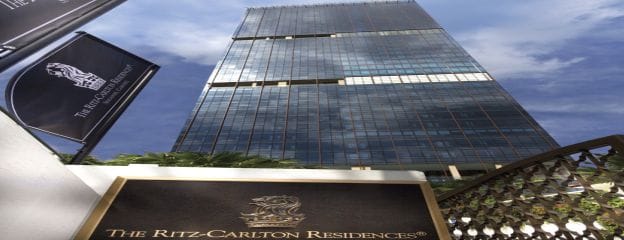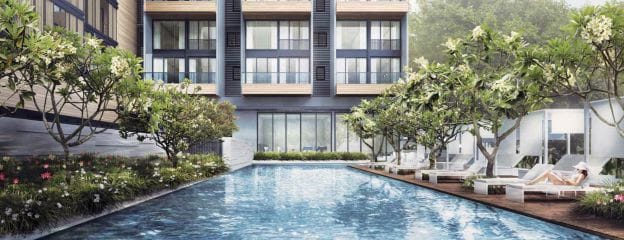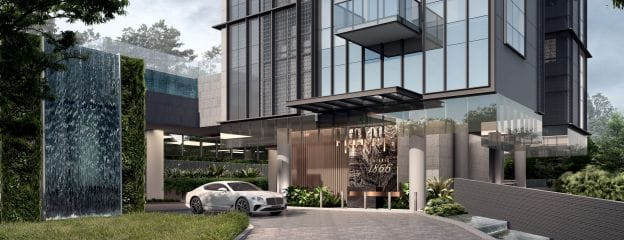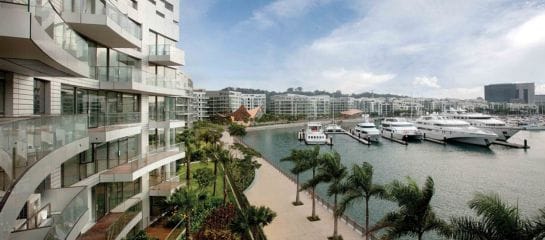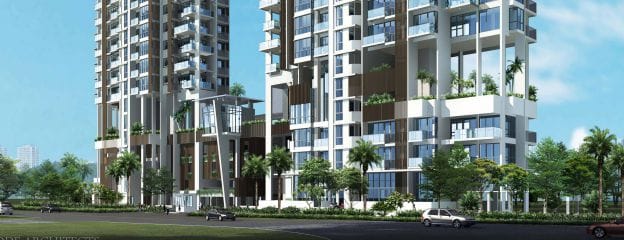Subscribe to
New Launch Newsletters
new launch, new launches, new launch 2022, new condo launch, new condo, developer sale, new property, condo launch, buy new condo, new condos, freehold condo near mrt, condo near mrt, luxury homes, new homes for sale
More and more buyers are gearing towards investing in new launches, be it for their own stay or a way to progress their income. This year itself, it is estimated that more than 30 projects are expected to launch.
If you’re new and financially ready to invest in a new launch property and you may be wondering how the whole process goes from A to Z as well as the costs involved.
Here, we’ve put together the steps that you need to follow to make your private property goal a reality.
Step 1: Start your financial planning
Check the maximum home loan amount and property purchase price you can comfortably afford based on your income, age and loan commitments.
Total Debt Servicing Ratio (TDSR) – The TDSR was introduced as part of the property cooling measures. It aims to prevent borrowers from being over-extended with their loans. The current TDSR is 60%, which means you cannot use more than 60% of your gross monthly income to service your total loans. This includes car loans, home loans, and even credit cards.Loan-to-Value (LTV) Ratio – For your first housing loan, you can get up to 75% LTV ratio with a bank loan. However, the LTV is drastically reduced when it comes to the second housing loan.Take note that if you have any outstanding home loans that you haven’t paid off, and you are still looking to buy your second property, the LTV limit is 45%. If you are buying your third property, the LTV limit is 35%.
For owners who are using CPF for an existing property, they must set aside half of the prevailing CPF Minimum Sum before they can use the excess savings in their Ordinary Account for the second or subsequent property. Savings in the Special Account (including the amount used for investments) and Ordinary Account can be used to meet half of the prevailing Minimum Sum.
As the CPF Minimum Sum will be raised in July each year, the amount you need to set aside will be adjusted accordingly. You can check the latest CPF minimum sum online. In this step, it is best to obtain an approval-in-principle (AIP) from a bank.
Step 2: Shortlist new launch condos and make appointments to visit show flats
Before being swayed by the developer’s buzzworthy marketing strategy, here’s what you should look out for to determine if you’re making the right decision:
Location (accessibility and amenities)Unit sizeFacilitiesInterior of the condoCapital appreciation (based on upcoming developments)Current market situationRentabilityEnvironment (i.e. noise level)Developer track recordOnce you’ve shortlisted your favourites, it’s time to look out for high quality agents to assist you with your purchase. Currently, due to the COVID-19 pandemic, appointments are mandatory as the government has implemented tighter social-distancing measures.
What’s the best part of setting an appointment with us?We can assist you with the following at $0 agent fee:
- Fully guided tour
- Exclusive and unbiased insights
- Research and compare available developments
- Simplify and facilitate the entire buying process
Step 3: Pay the booking fee for your new launch condo unit
When buying a new launch condo unit in Singapore, you need to pay 5% in cash upon booking and signing the Option to Purchase (OTP) to officially book the unit. This means you’ll forfeit a portion of your booking fee (usually 25%) if you abort the purchase.
When you have a copy of the OTP, you can then finalise your loan for the new launch condo. The bank which you are taking the loan from will issue you the Letter of Offer – the official name for the document containing the terms of the bank that is offering you a loan.
Next, you’ll also need to appoint a solicitor to act for you in the purchase and take care of the conveyancing matters.
Step 4: Sign the Sales & Purchase Agreement
Within two weeks after receiving the OTP, the developer will deliver the Sales & Purchase Agreement (S&P).Within three weeks after receiving the S&P, you’ll have to sign the S&P and exercise the OTP.Within eight weeks from signing OTP, you’ll have to pay the rest of the 15% (cash or CPF) down payment (aka exercise fee).Within two weeks from signing S&P, you’ll also have to pay the Buyer’s Stamp Duty (BSD).BSD is a tax that every home buyer has to pay when they purchase property. The BSD amount depends on the property price. The more expensive the property, the higher the tax.
For residential properties, you will be charged with the following:
1% for the first $180,0002% for the next $180,0003% for the next $640,0004% for the remaining amountABSD is imposed on top of the BSD, and applied to the purchase price or the current market value of the property, whichever is higher.
Profile of Buyer ABSD Rates on/ after 6 Jul 2018
Singapore Citizens (SC)
- First Residential Property Not Applicable
- Second Residential Property 17%
- Third Residential Property 25%
Singapore Permanent Residents (SPR)
- First Residential Property 5%
- Second Residential Property 25%
- Third Residential Property 30%
Foreigners (FR) First and Subsequent Residential Property 30%
Step 5: Make payment up to completion
From this stage onwards, you are expected to make payments in stages. The payment schedule for buying a BUC or uncompleted property is as follows:
Stage Percentage of Payment
Booking Fee (cash only) 5%
Within 8 weeks from date of option to purchase (Cash or CPF) 20%
Buyer’s Stamp Duty
(Within 2 weeks from signing the S&P Agreement)(On or after 20 Feb 2018)
*Buyer’s Stamp Duty is computed based on the purchase price or market value of the property, whichever is higher.
First $180,000: 1%
Next $180,000: 2%
Next $640,000: 3%
Remaining Amount: 4%
Additional Buyer Stamp Duty ABSD
(Within 2 weeks from signing the S&P Agreement)(ABSD rates from 6 July 2018)
Singapore Citizen
1st residential property: N.A
2nd residential property: 17%
3rd residential property: 25%
Singapore PR
1st residential property: 5%
2nd residential property: 25%
3rd residential property: 30%
Construction Stages Payment:
10% - Foundation work (Est. 6-9 months) (5% Cash or CPF)(5% from Bank loan)
10% - Reinforced concrete framework (Est. 6-9 months)
5% - Partition walls (Est. 3-6 months)
5% - Roofing (Est. 3-6 months)
5% - Door, window frames, electrical wiring (without fittings), Piping (Est. 3-6 months)
5% - Car park, roads and drains serving the housing project (Est. 3-6 months)
25% - Temporary Occupation Permit (TOP) - Building, roads and drainage and sewerage works in the housing estate, connection of water, electricity and gas supplies
15% - Final Payment Date and/or Completion (might be staggered further depending on when the Certificate of Statutory Completion is issued) (Est. 1-12 months)
*You can use your CPF Ordinary Account money to pay stamp duty and legal fees. Please note that due to the short timeline to have to pay BSD/ABSD, you will have to pay in cash first and get reimbursed later via CPF as CPF board is unable to disburse within the stipulated time frame.
Step 6: Collect the keys to your new home
Upon TOP, you will be informed by the developer and will be assigned for a date to collect the keys of your new property. This successfully ends the process of buying your new launch condo after selling your HDB flat.
With all these tips and steps in mind, you’ve got all you need to know to be a savvy property investor!
Looking for new condo launch in the market? We are the appointed developer sales team for all the projects here so you can be sure you are buying directly from developers. Here we update you with the latest new launch units on sale and new projects due to launch soon so check back often for latest updates.
Featured Projects
HIGHLY RATED MUST VIEW PROJECTS
CALL / WHATSAPP +65 8800 9441







